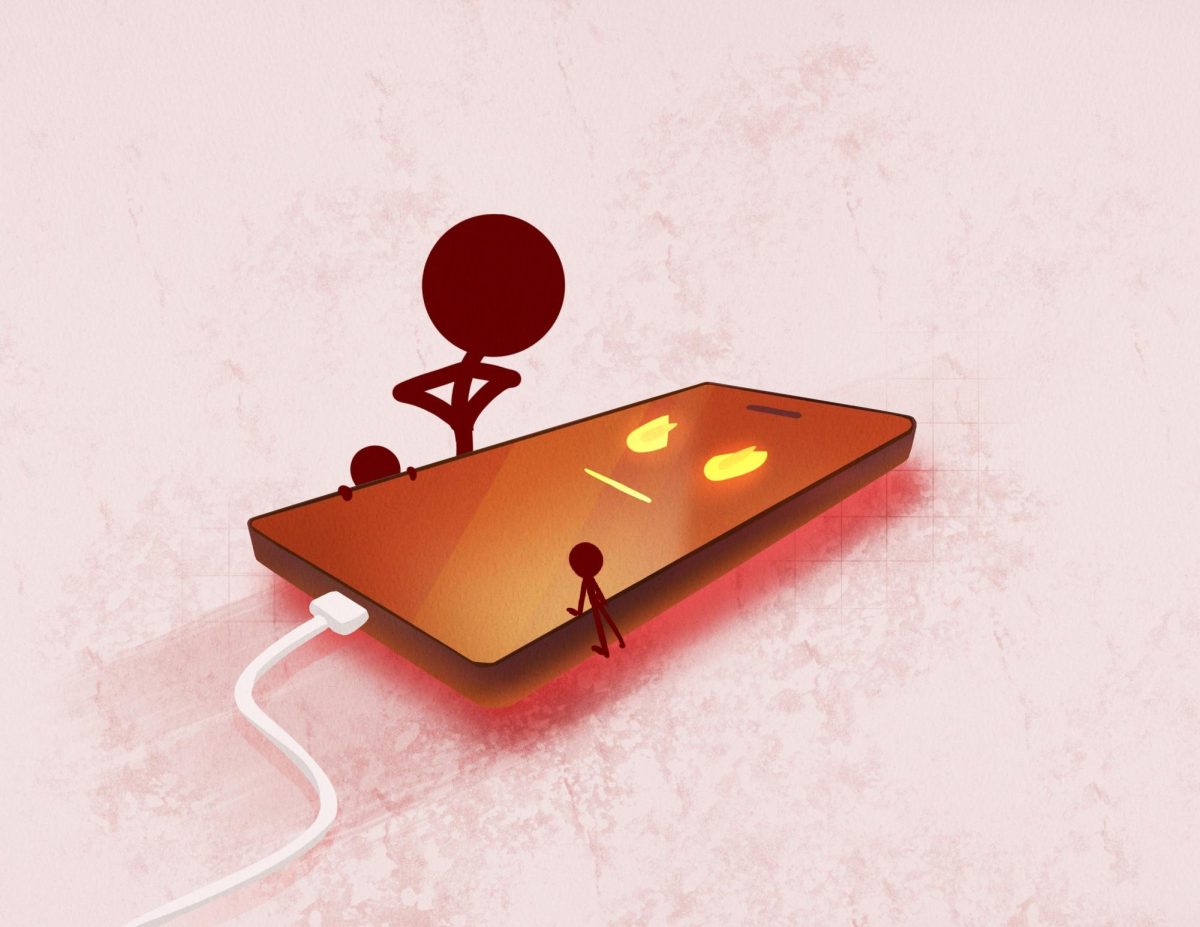By now, almost every kid has heard the saying, “It’s always the dang phones,” numerous times throughout their lives—it’s the canned response that parents or grandparents will give when they see someone acting out. Many will brush it off as someone older simply not understanding modern culture (and there is a good chance that they don’t), but science backs the older generations.
According to the National Institute of Health, excessive use of one’s smartphone is often associated with a myriad of negative effects on the mental and physical state of someone’s wellbeing. Issues regulating emotions, sleep problems, and reduced impulse control are only a few examples of the problems that one can face.
So why are smartphones still on the market if they cause so many issues?
Well, it’s for the same reason we cannot ban junk food: these problems are caused by human error—not by the product (at least, that’s what companies will say in their legal defense). If someone can control their impulses, they wouldn’t run into these problems. It isn’t the product’s fault, the company’s fault, that the buyer isn’t using the product properly.
This means that it is on the people to make sure they control their impulses…and what age range is better at that than kids?
Studies from Stanford Medicine show that there is no real correlation between the age someone is given a phone and poor mental health, so it is up to the parents to decide what is best for their child. Unfettered access to everything the phone can offer can be extremely dangerous for kids—they are more susceptible to smartphone addiction because they have less impulse control. It is important for parents to keep restrictions in place and inform their kids of the appropriate dangers to help lessen the risk of excessive use. In the end, parenting matters more than access to the devices.
Smartphones by themselves are not dangerous—it is what society decides to do, decides to not to discourage, that becomes the risk.








